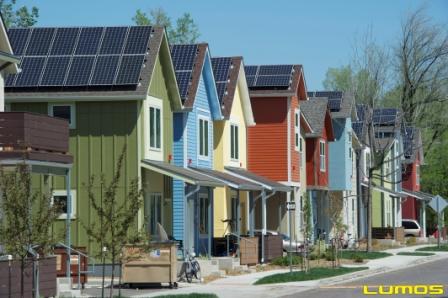Background on Spanish Government’s proposal to cut Solar Subsidy on Existing Plants
The Spanish government has been actively discussing with industry groups on how to reduce its Green Energy subsidies as the country faces a critical budgeting and funding problem.The impact of an “industry killing” 30% cut to existing solar plants would be quite devastating on the Renewable Energy Industry in Spain.It would lead to litigation at both Spain and EU courts as investors had invested in Solar Plants with the assurance of a 25 year guaranteed payment.This would also severely impact the credibility of the Government if it goes back on its promises to international investors based on fine legalese.However the Sovereign debt and banking sector problems of Spain is becoming quite acute.There are rumors being floated about a Euro 250 Billion Bailout to be orchestrated by the EU and the IMF.In such a situation Spain has to cut government flab in all possible directions.Renewable Energy is an easy target as Global Warming has been put in Cold Storage by world governments focused more on the short term GFC rather than the far off but bigger problem of Climate Change.
Backdoor Approach to Cutting Solar Subsidy through Reduced Operating Hours
The new Spanish proposal to cut the operating hours for which solar plants can receives the Feed in Tariff is a way to circumvent the outright cut in subsidy.This might help the government avoid some of the legal problems that it will inevitably face if the proposal becomes law.However,the result for the owner of a solar plant is similar.The returns on his investment which was guaranteed by the government ( though some might called that foolish) will be reduced in the same way if there was a 30% outright cut.This backdoor approach will not in any way solve the problems of the Government and the Solar Plant investors.
Spain May Cut Income 30% for Operating Solar Plants – Bloomberg
Spain’s government will cut the revenue of most existing solar-power plants by 30 percent, a move that may bankrupt hundreds of companies that produce electricity using photovoltaic panels, a local trade group said.
The industry ministry, after negotiating with trade groups for weeks, plans to reduce the number of hours a day during which they may earn subsidized prices for clean energy, said Tomas Diaz, director of external relations at the Photovoltaic Industry Association in Madrid.“It’s incomprehensible that the government is doing this,” Diaz said in a telephone interview after solar industry representatives met today with Deputy Industry Minister Pedro Marin. “We feel cheated.”
Solar executives, whose companies have invested more than 18 billion euros ($22 billion) in the last three years in Spain, have pressed the government for weeks to maintain prices guaranteed for 25 years under a 2007 law. The decision, which hasn’t been approved by the cabinet, would mean bankruptcy for most of Spain’s 600 photovoltaic operators, Diaz said.A spokesman for the industry ministry who asked not to be identified by name declined to comment. The ministry has yet to make public its proposed reductions.“The companies will challenge this in the courts,” Diaz said.



